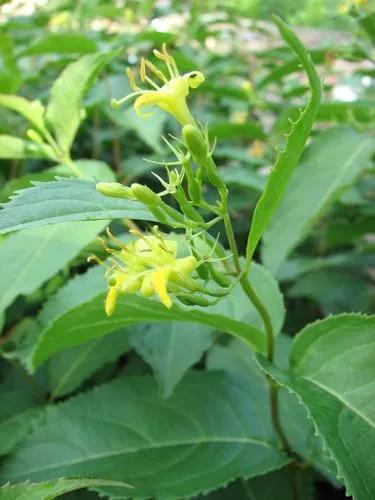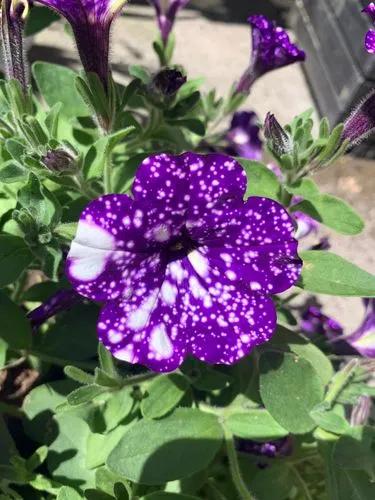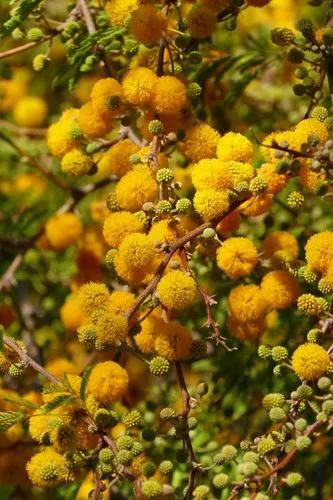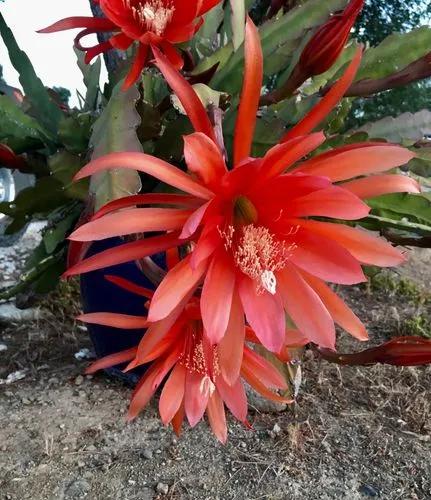Ludisia is a genus of orchids that contains just one species, Ludisia discolor, referred to as jewel orchid. They are native to Southern China, Northeast India, Thailand, Vietnam, the Philippines, Malaysia, Indonesia and Burma, and often cultivated.
Jewel orchid Care
Ludisia Discolor



As terrestrial orchids, these plants grow in soil and if you choose to cultivate them they should be kept in a pot. Notably, there also exist a few variants of Ludisia. ‘Alba’, which is an albino, is pale, while ‘Nigrescens’ is a deep black. Though extremely beautiful, these plants are rarely grown outside Asia, and you’d probably need to either consult a specialty source or travel a long distance to find one. But if you are interested in growing Ludisia plants, note that their natural conditions are in tropical forests with extremely hot and humid conditions, so only attempt to grow them if you can mimic the amniotic warmth they need to succeed. They flower annually, assuming they’ve been well-fed and kept, and the flowers last about a month or so before they die back. With their subtle, lovely colors, these plants make a great addition to any collection of tropical orchids, especially in a shade house.
How to Care for the Plant

Water

Improperly watering orchids is probably the cause of more orchid deaths than any other reason. watering orchids isn't complicated—there is no secret handshake, no lunar cycles involved—but it does require a different mindset than watering regular houseplants. and it requires a basic understanding of how orchids work.

Pruning

It is important because damaged leaves and stems can actually be an energy drain on your plant. By removing those dead parts, you're taking some of that work off your plant’s plate and allowing it to divert its energy into healthy leaves and new growth!

Fertilizer

Mix the recommended amount of liquid fertilizer and water in a watering can. Then simply pour the mix into the soil as if you're watering the plant.

Sunlight

If your plant is not getting enough light, the most common sign is the yellowing and dropping of leaves, stunted leaf growth, elongated stems, and a dull-green color. If your plant is getting too much light, then its leaves will have singed tips, burned patches, or will be falling off (yikes!).

Soil

Prefer fertile soil, preferably loose and loamy with adequate drainage.

Temperature

Warm tropical temperatures above 50°F. Jewel orchids are not tolerant of frost.

Container

When choosing a pot, choose a pot that is 2.5-5 cm (1-2”) larger than the current size. Ceramic pots are porous which means your plants are less likely to experience root rot from overwatering. It also means you'll have to water more often. Plastic pots are lighter, less likely to break, and easier to clean.

Popularity

1,908 people already have this plant 530 people have added this plant to their wishlists
Discover more plants with the list below
Related articles






